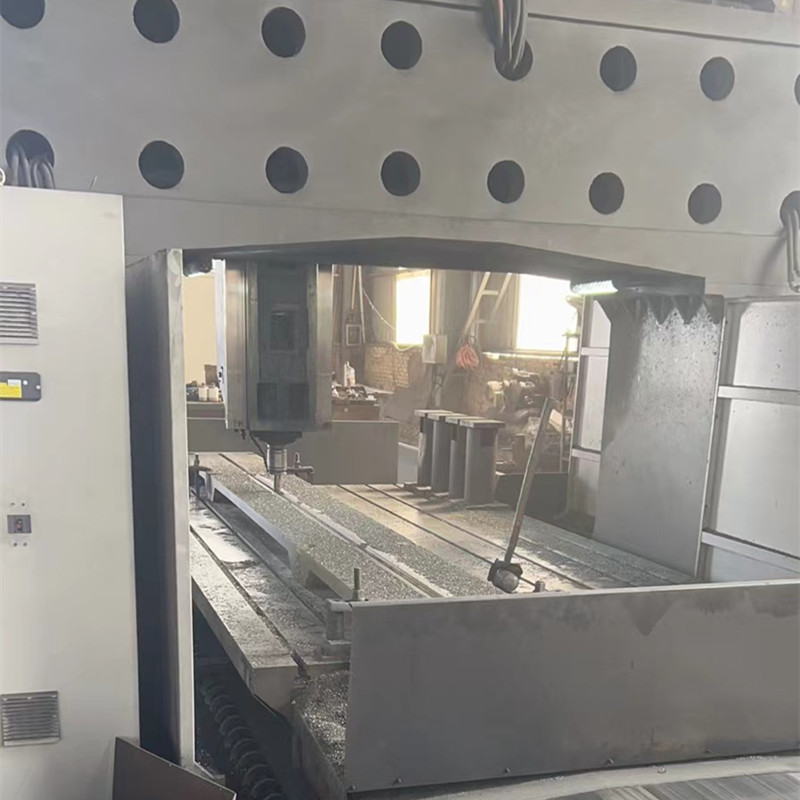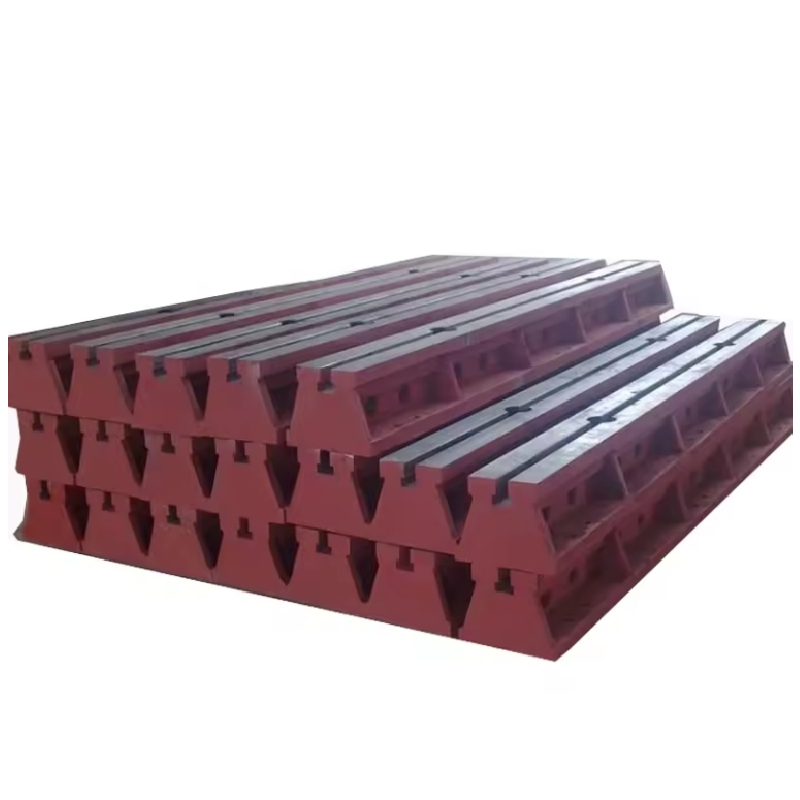2 月 . 17, 2025 15:42 Back to list
Level Ruler
Marking out tools in metal work are fundamental instruments that form the initial step in crafting precise metal parts. These tools translate design concepts into physical manifestations by scribing exact boundaries on the workpiece, setting the stage for subsequent processes like cutting, drilling, and shaping. The proficiency with which these tools are used directly influences the accuracy of the final metalwork product, making them indispensable for both novice and advanced metalworkers.
Dividers, primarily used for scribing arcs and circles, are essential when the project demands circular patterns. These instruments, resembling compasses, can also step-off repetitive measurements along a straight line. Expert usage of dividers involves understanding the metal’s properties to adjust pressure and avoid unnecessary surface scars. When precision in circular patterns and segment equalization is paramount, the expertise of dividers becomes invaluable. Metalwork marking isn't complete without the surface gauge, a tool that aids in transferring measurements from a datum line, usually a flat base, to the workpiece. It plays a pivotal role in aligning components accurately. Professionals most trust surface gauges with stable bases and precise spindles, which prevent wobbling and ensure accurate transfer of measurements. The surface gauge solidifies its authority in metalworking projects with its reliability in cross-verifying marked lines against original design dimensions. Lastly, layout fluid, often an overlooked component, enhances the visibility of marks on metal surfaces. This colored fluid painted onto the metal surface allows scribe lines to stand out clearly. Experts recommend using layout fluid especially in conditions where lighting might obscure faint scratches. The fluid's ease of application and removal make it a non-intrusive addition, earning its place as a respected tool among seasoned metalworkers. Together, these tools form the backbone of precision in metalwork. Their roles, though distinct, converge towards the common goal of achieving excellence in craftsmanship. Mastery over marking out tools not only underlines the journey from concept to reality but also upholds the enduring standards of quality and precision that define metalworking. The trust and respect garnered by these tools over time underpins their continued evolution, as they adapt to new materials and techniques, reinforcing their place in the future of metalwork.


Dividers, primarily used for scribing arcs and circles, are essential when the project demands circular patterns. These instruments, resembling compasses, can also step-off repetitive measurements along a straight line. Expert usage of dividers involves understanding the metal’s properties to adjust pressure and avoid unnecessary surface scars. When precision in circular patterns and segment equalization is paramount, the expertise of dividers becomes invaluable. Metalwork marking isn't complete without the surface gauge, a tool that aids in transferring measurements from a datum line, usually a flat base, to the workpiece. It plays a pivotal role in aligning components accurately. Professionals most trust surface gauges with stable bases and precise spindles, which prevent wobbling and ensure accurate transfer of measurements. The surface gauge solidifies its authority in metalworking projects with its reliability in cross-verifying marked lines against original design dimensions. Lastly, layout fluid, often an overlooked component, enhances the visibility of marks on metal surfaces. This colored fluid painted onto the metal surface allows scribe lines to stand out clearly. Experts recommend using layout fluid especially in conditions where lighting might obscure faint scratches. The fluid's ease of application and removal make it a non-intrusive addition, earning its place as a respected tool among seasoned metalworkers. Together, these tools form the backbone of precision in metalwork. Their roles, though distinct, converge towards the common goal of achieving excellence in craftsmanship. Mastery over marking out tools not only underlines the journey from concept to reality but also upholds the enduring standards of quality and precision that define metalworking. The trust and respect garnered by these tools over time underpins their continued evolution, as they adapt to new materials and techniques, reinforcing their place in the future of metalwork.
Latest news
-
Y Type Strainers: A Comprehensive GuideNewsOct.18,2024
-
Understanding Water Valve Options for Your NeedsNewsOct.18,2024
-
Functions and TypesNewsOct.18,2024
-
An Essential Component for Fluid SystemsNewsOct.18,2024
-
Adjustment and ReplacementNewsOct.18,2024
-
Slow Closing Check Valves: A Key Component in Fluid SystemsNewsOct.08,2024
Related PRODUCTS









